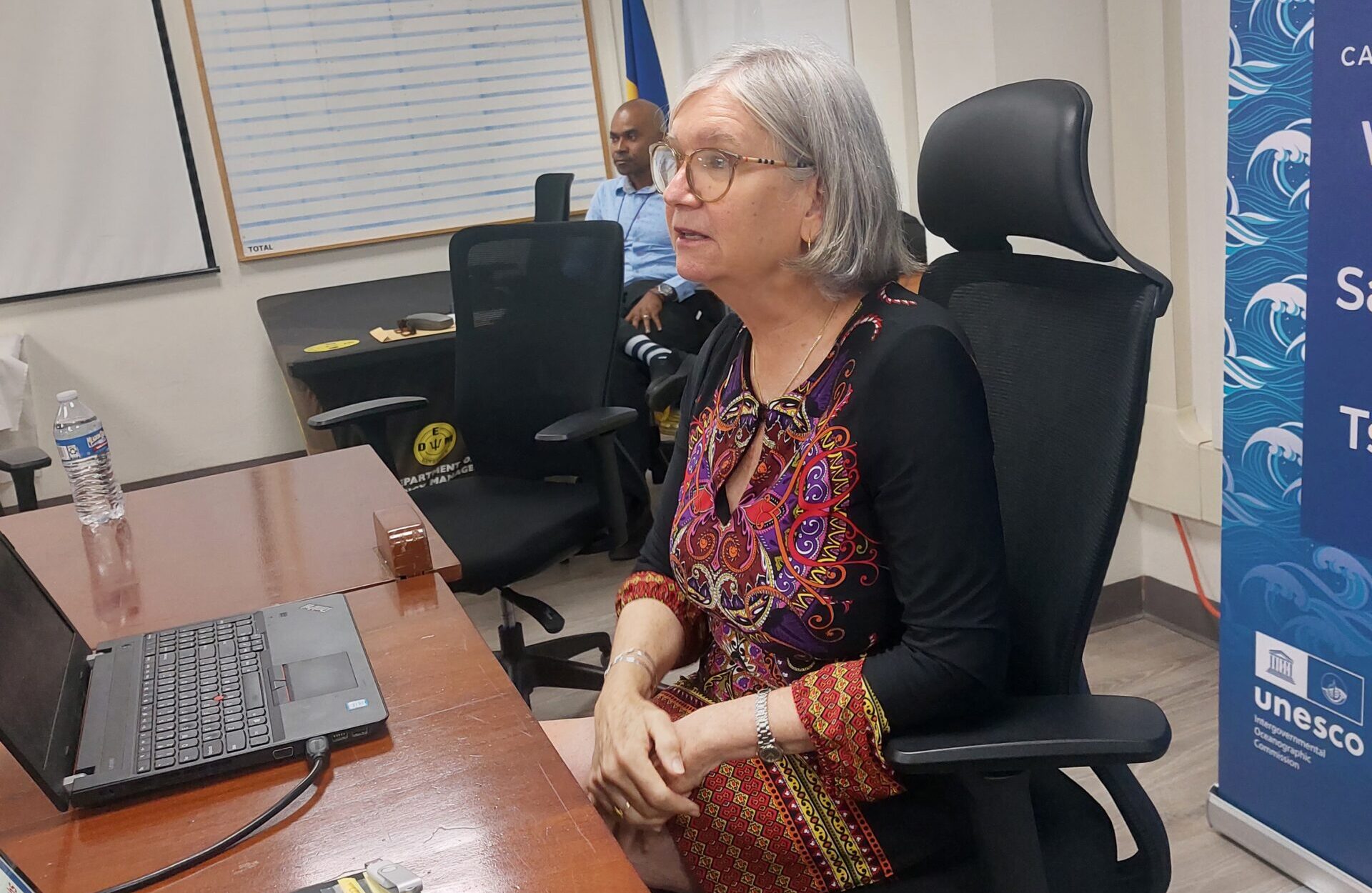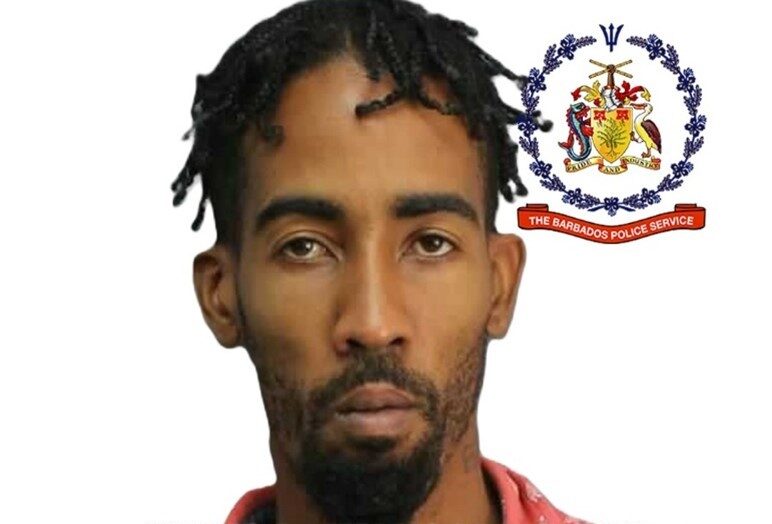Barbadians Warned of Potential Tsunami Risks as Expert Urges Preparedness

September 13, 2023
Barbadians are warned by Christa von Hillebrandt-Andrade, Deputy Director of the International Tsunami Information Centre Caribbean Office, to take tsunami risks seriously and be prepared for potential impacts.
By Anesta Henry
Barbadians cannot take the risk of believing it is impossible for tsunamis to affect the island, Deputy Director of the International Tsunami Information Centre Caribbean Office, Christa von Hillebrandt-Andrade has warned.
Speaking at the Tsunami Ready Sensitisation Workshop and Training for Media at the Department of Emergency Management (DEM) in Warrens on Tuesday, Hillebrandt-Andrade said the record shows that multiple tsunamis have affected different coastlines in the Caribbean, resulting in the deaths of over 3 500 people.
Speaking on the topic Debunking Tsunami Myths, the expert said Barbadians must be prepared to respond in the event of a tsunami.
“Another one of the myths is that since they don’t happen that frequently, some people think that it is never going to happen at all. And that is a problem because the fact that they occur infrequently does not mean that they are not going to happen.
“The infrequencies sometimes are our biggest challenge because people forget about the hazard, and that’s what happened in the Indian Ocean in 2004 when 225 000 people lost their lives because they thought, ‘oh, we don’t have tsunamis in that region, they are just so infrequent’. And the Indian Ocean has the same frequency of tsunamis as the Caribbean,” Hillebrandt-Andrade said.
Saying that Barbados has adequate safe space above sea level for residents to seek shelter in the event of a tsunami, she said people need to familiarise themselves with the early warning signs of an approaching tsunami.
“People think that first, the water is going to go out so before the tsunami hits, we are going to see the water roll out, so then is when I am going to decide whether I should run to higher grounds. Well, that could be a big mistake, because while very often the sea goes out, sometimes the first thing that happens is that the crest of the wave is what approaches and the flood begins without that forewarning of the sea going out,” Hillebrandt-Andrade explained.
“Another myth is that it is just one wave. No, it’s a series of waves. Another myth is that the first wave is going to be the largest; well, within 10 minutes, 20 minutes or 30 minutes, you can get another wave which is much higher. Another myth is that tsunamis are just caused by earthquakes, but that is not true. Volcanoes can cause tsunamis; submarine landslides can cause tsunamis; coastal landslides into the water can cause tsunamis.”
However, she said the most important myth to debunk is that “there is nothing we can do”.
“There is so much people can do to get ready for a tsunami. They can know their evacuation signs; they can know where they are going to go; they have a family plan; they are ready to run at a moment’s notice; they know how they are going to receive official tsunami warnings; they know how to recognise natural tsunami warning signs,” Hillebrandt-Andrade stressed.
[email protected]


